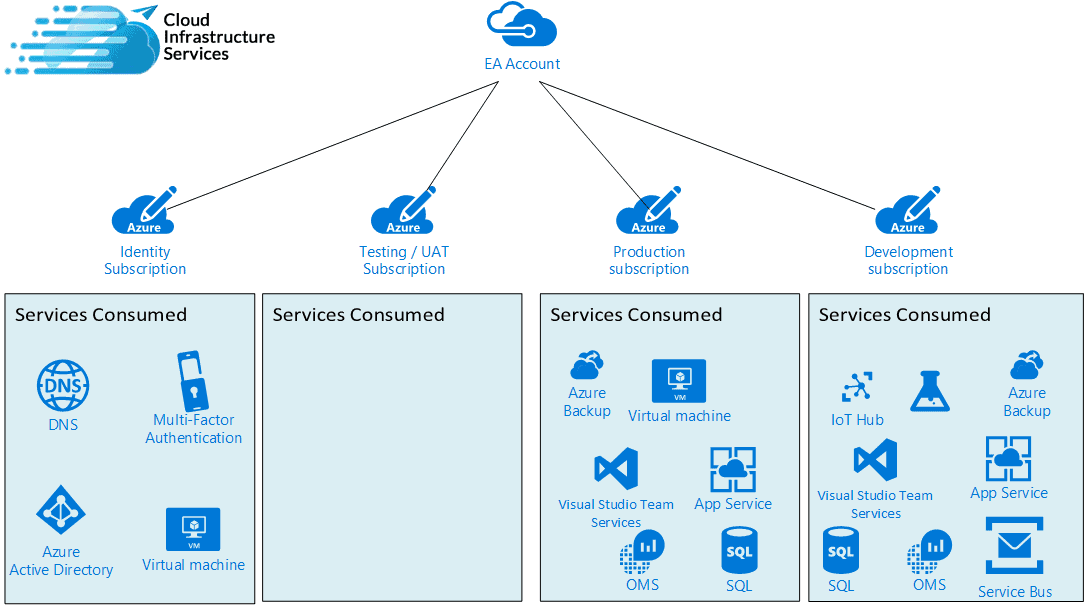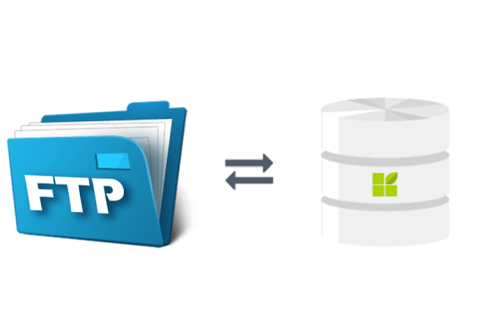
Cockpit, a Linux program that monitors and manages your server's CPU and memory usage, is available from Linux. Cockpit allows you to add and modify users, as well perform administrative tasks. The software can work with many Linux distributions. You can use the software as your primary system manager or with your favorite command line utilities. This tool gives you an easy way to interact directly with your servers through the browser.
Cockpit's main screen contains the main menu, search bar, and navigation bar. You can also view a list of services. A built-in terminal is also available. Access the embedded terminal using the web console.
While the Cockpit has its faults, it is an effective tool for monitoring and managing a Linux machine. Users can access a list of servers, add new ones, change configurations, reboot systems, and even monitor live network traffic. Unlike most other Linux programs, Cockpit does not require you to run a web server to get this information.

To access the tool, you will require a root account. The graphical user interface can be used for all other operations. You will need to connect to the Linux server via a bridge to enable firewall rules. This utility can be used to check the status for Docker images, adjust CPU/memory limits, and other useful functions.
Red Hat has created Cockpit. It is free and open-source software. Administrators who want to manage their servers can use it. It can be used in conjunction with your favorite applications.
Some of the Cockpit features include a command line, an embedded terminal, an inbuilt UI, and a dashboard. Aside from these features, you can perform various actions on a server by using a mouse, keyboard, or command line. Cockpit can be downloaded as a ready-to install package, or you can use the instructions found on the official website. A desktop GUI is simpler and can be helpful if you don’t feel like typing commands.
Cockpit doesn’t reinvent subsystems. It makes use of a wide range of low-level infrastructure. It is capable of providing a comprehensive, scalable solution thanks to its many components. Cockpit is able to help you set up an internal network or create a network for your company.

Cockpit offers detailed instructions for installing the program across several Linux distributions. Besides, the developers actively participate in discussions and pull requests. It also includes a Wiki with a well-defined maintenance hierarchy.
Cockpit must work with a wide range of Linux distributions. This is the biggest challenge for developers. Redhat/Debian, CentOS, and CentOS are some of the most widely used Linux distributions. Cockpit will be of interest to most users as a way to monitor their servers and manage them.
FAQ
What is website design software?
Software for designing websites is used by photographers, illustrators and writers.
There are two main types: cloud-based or desktop software. Desktop apps can only be installed locally on your PC and will require additional software to run on your system. Cloud-based software is hosted remotely over the internet. It does not require you to install additional software, which makes them great for mobile users.
Desktop Applications
Desktop applications may have more advanced features than cloud-based solutions but they aren’t always necessary. Some people prefer working exclusively on a desktop app, as they find it easier. Some people like the same tool no matter whether they're working on a computer or a smartphone.
Cloud-Based Solutions
Web designers who want to save time and money should choose a cloud-based solution. These services allow you access any type of document to be edited from anywhere on the internet. You can use your tablet to work while you wait for your coffee brew.
If you decide to use a cloud service, you will still need a license. You won't need to purchase additional licenses if you upgrade to a later version.
These programs can be used to create web pages, if you have Photoshop, InDesign or Illustrator.
How Much Does it Cost to Create an Ecommerce Website?
It all depends on what platform you have and whether or not you hire a freelancer. eCommerce sites typically start at around $1,000.
However, once you decide on a platform, you can expect to pay anywhere between $500 and $10,000.
A template is usually less than $5,000 if you plan to use it. This includes any customizing you do to your brand.
How To Create A Static Website
You have two options when creating your first static site:
-
Content Management System (a.k.a. WordPress): WordPress): You can download this software and install it on your computer. It can be used to create a website.
-
A static HTML website is created by you. It's not hard to do if you already understand HTML.
It is worth hiring an expert if you want to build large websites.
But starting, you should probably go with option 2.
What is a "static website"?
Static websites are those where all content is stored on a web server and can be accessed by users via their web browsers.
The term "static" is used to refer to the absence of dynamic features like changing images, video, animations, etc.
This site was originally designed for intranets. However, it has been adopted by small businesses and individuals who need simple websites with no custom programming.
Static sites have become increasingly popular because they require less maintenance. They are much easier to maintain than fully-featured sites with many components (such a blog).
They also tend to load faster than their dynamic counterparts. This makes them ideal for users on mobile devices or those with slow Internet connections.
A static website is more secure than its dynamic counterparts. A static website is impossible to hack. Hackers only have access the data in a database.
There are two main options for creating a static website.
-
A Content Management System (CMS),
-
Create a static HTML website
It all depends on what you need. A CMS is the best choice for anyone who is new to building websites.
Why? Because it gives you complete control over your website. You don't even need to hire someone for help setting up your CMS. Upload files to the web server.
You can still learn code and create static sites. You'll have to invest time learning how programming works.
What Should I Add to My Portfolio?
These things should make up your portfolio.
-
You can also see examples of your previous work.
-
Link to your website (if possible).
-
You can also find links to your blog.
-
These are links to social media sites.
-
Links to online portfolios of other designers.
-
Any awards you've been awarded.
-
References.
-
Samples of your work.
-
These links show how to communicate with clients.
-
You are willing to learn new technologies.
-
These are links that show your flexibility
-
You can find links that reflect your personality.
-
Videos showing your skills.
Which platform is best for designing a website?
WordPress is the best platform to design a website. It comes with all the tools you need for creating a professional website.
Themes are easy to install and customize. You can choose from thousands of free themes available online.
You can also install plugins to increase functionality. They allow you add buttons to social media and form fields, as well as contact pages.
WordPress is extremely user-friendly. To change your theme files you don't need HTML code. All you need to do is click on an icon and select what you want to change.
While there are many options for platforms, WordPress is my favourite. It has been around forever and is still widely used by millions.
Which website builder should I use?
You can start small and build a solid web presence. If you have the time or resources to create a complete site, do so. But if you don't have these resources yet, starting with a simple blog might be the best option. As you learn to develop and design websites, you can always add new features.
It is essential that you have a primary domain name before you can start your first website. This will provide you with a point of reference when you publish content.
Statistics
- The average website user will read about 20% of the text on any given page, so it's crucial to entice them with an appropriate vibe. (websitebuilderexpert.com)
- Studies show that 77% of satisfied customers will recommend your business or service to a friend after having a positive experience. (wix.com)
- Is your web design optimized for mobile? Over 50% of internet users browse websites using a mobile device. (wix.com)
- It enables you to sell your music directly on your website and keep 100% of the profits. (wix.com)
- When choosing your website color scheme, a general rule is to limit yourself to three shades: one primary color (60% of the mix), one secondary color (30%), and one accent color (10%). (wix.com)
External Links
How To
Drupal 7: How to Use It for Web Design
Drupal is one the most widely used Content Management Systems (CMSs) today. It was developed back in 2003 by Dries Buytaert from Belgium. The name derives its name from Dirk Buijtewaard's and Pierre d'Herbemont's initial letters. Drupal was released as an open-source CMS in 2005. There have been many versions of Drupal since then. Drupal is still used by many companies and websites all over the globe.
There are several reasons why Drupal is so popular among website owners. First, it is free to download and install. It's also very easy to customize it and extend it. Third, it is well-documented. Fourth, it provides great support through forums and IRC channels. It can be extended via modules. Sixth, it supports multiple languages. It is also easily customizable. Eighth, it can be scaled. It is also secure. Tenth, it's reliable. Finally, Drupal is supported by the entire community. Drupal is an excellent choice for your next development project.
You may be wondering what makes Drupal different than other CMS systems. It is very simple. Drupal is an open-source content management system. This means that it is freely downloadable and completely free to use. Drupal gives you full control over your website. You can add pages and remove them.
Drupal is an option for those who lack the technical skills required to create websites. You don't have to be a programmer to build your website, unlike other CMS. To use Drupal, you only need to understand the basics. After that, you'll be able customize your website according to what you need.
Drupal's many pre-built themes, and plugins are another benefit. These plugins will allow you to increase the functionality of your website. To gather contact information from your visitors, you could use the Contact Form Module. Google Maps is another option to show maps on your website. There are thousands of ready-made templates that come with Drupal. These templates give your site a professional look.
Drupal's flexibility is another advantage. Drupal allows you to add modules or replace existing ones, without worrying about compatibility issues. If you're looking to integrate social networking into your site, you can do this quickly. You can also set RSS feeds up, subscribe to e-mails, and many other things.
Drupal is extremely customizable. Drupal lets you add custom fields, forms, manage users and much more. Drupal can be used to create complex layouts.
Drupal is also reliable and sturdy. Drupal is both stable and scalable. Also, it offers excellent security features. Drupal is an excellent web development platform.